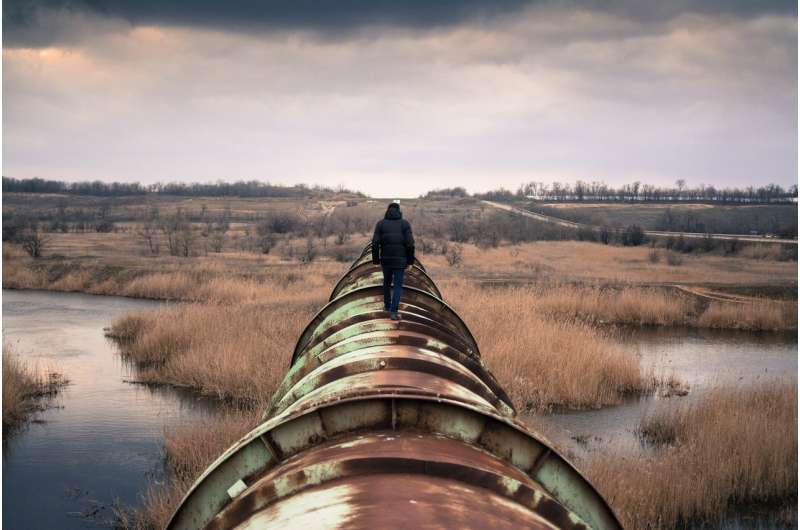
Imagine a task that used to take 11 minutes now taking less time than the blink of an eye. Couple that speed increase with 97% accuracy, and these are the results researchers at Texas A&M University achieved when combining machine learning, neural networks and novel compression tactics in a new project advancing reservoir production forecasts.
Why is the research important? Because advancing forecasts improves the availability and accuracy of information oil and gas companies use to make sound financial and operating decisions.
"Production forecasting can be done several ways, but everything depends on it," said researcher Mohammad Elkady. "Any decision—if you want to take out a loan, do an economic study, or make a development phase decision—depends on the forecast because it tells you how much oil, gas or water you're going to produce."
Elkady and fellow researcher Veena Kumar created a flexible method they say could apply to understanding and evaluating any complex reservoir. Both are graduate students in the Harold Vance Department of Petroleum Engineering and work under the guidance of their advisor, Dr. Siddharth Misra, the Ted H. Smith, Jr. and Max R. Vordenbaum DVG Associate Professor.
Misra and Elkady introduced the work in the paper, "Ultrafast Multiphase Production Forecasting for Large Gas Condensate Shale Reservoirs," during the Abu Dhabi International Progressive Energy Congress in Oct 2023. Misra also presented the work in the paper, "Rapid Production Forecasting for Hydraulically Fractured Wells in Large, Heterogeneous Shale Reservoir," at the Society of Petroleum Engineers' Workshop in New Orleans, Louisiana in Nov. 2023.
Production forecasting history
To make a profit, oil and gas companies weigh equipment, human resources, and other costs against the profitable hydrocarbons they can produce from subsurface reservoirs. Such decisions would be easy if petroleum engineers could peek inside the earth and see what's there. Since the subsurface is opaque, it's tricky to accurately predict oil recovery from reservoirs as conditions change over time.
In the past, engineers used two main methods for forecasting. The first and oldest plots a well's oil recovery rates and declines over time, and that decline curve analysis can help estimate the recoveries in nearby or similar wells. The second is newer and uses computational resources to create a visual map of a reservoir by compressing the massive amounts of data gathered from surface and subsurface sensors and simulating the information into simplified renderings.
Refining data to enhance forecasting
This research is not the first to use machine learning or even neural networks to get a more accurate forecast, but it is the first to combine those processes with geomodel data compression. Elkady said data compression isn't new, as it's been used successfully in areas like image and video analysis.
High-resolution videos must be compressed when shared around the world on restrictive bandwidths, yet it must be done selectively to keep the subjects true to the original imaging. Though the application in petroleum is novel, data compression makes sense for similar reasons.
More information: Mohammad Elkady et al, Ultrafast Multiphase Production Forecasting for Large Gas Condensate Shale Reservoirs, (2023). DOI: 10.2118/216935-MS
Citation: Ultrafast reservoir production forecasting boasts speed and accuracy (2024, February 6) retrieved 6 February 2024 from https://techxplore.com/news/2024-02-ultrafast-reservoir-production-accuracy.html
This document is subject to copyright. Apart from any fair dealing for the purpose of private study or research, no part may be reproduced without the written permission. The content is provided for information purposes only.
